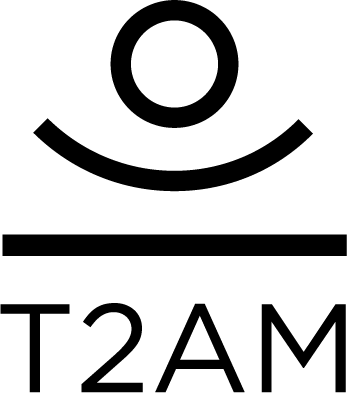Strategy
T2AM’s strategy focuses on three key components: pure alpha, liquidity, and systematic trading.
ALPHA
The two major sources of return, beta and alpha, were not created equal. Beta is easily acquired, for example
via the stock market, the bond market, the real estate market, and so on. After all, it simply requires the
investor to believe that, in the long run, the asset being held will appreciate in value. Alpha, by contrast,
requires skill in the selection and/or sizing of one’s holdings. Furthermore, as has been demonstrated in
beta-oriented strategies repeatedly—most recently from late 2007 until early 2009—beta delivers poor risk-
adjusted return in the long run. Since 1990, for example, global stocks have gained a meager amount, while
they have suffered at least two drawdowns greater than 50% each (March 2000-December 2002 and October
2007-March 2009). Alpha strategies, by eliminating beta and focusing on skill, offer the opportunity for
improvements in risk-adjusted return. The case for alpha is compelling, both theoretically and statistically. It
is for this reason that it is a core component of T2AM’s strategy.
LIQUID
Liquidity is, for T2AM, one of the most important foundations of successful risk management. If an investor
buys an instrument that she cannot sell (at least not without significantly negative price impact), then it
becomes an enormous challenge to manage risk, particularly during market conditions which require risk
management the most. T2AM’s investment strategy focuses exclusively on very liquid instruments, giving us
the chance to manage risk effectively even in stressful market conditions.
SYSTEMATIC
Systematic trading is difficult for many investors to understand, but it is also known to be exceedingly
rewarding when done well. T2AM makes this exciting approach to trading accessible to investors by building a
diversified portfolio of strategies, managed by some of the brightest minds in the business, all with the
oversight of T2AM’s experienced team of investment professionals. And, as made clear by Rishi Narang’s
book, Inside the Black Box: A Simple Guide to Quantitative and High-Frequency Trading, it turns out that systematic
trading is not so difficult to understand after all. Quant traders generally implement the same kinds of trading
strategies as their discretionary counterparts. The major differences are that a good quant performs rigorous
research in many detailed aspects of the investment strategy before committing capital to it, and that the
quant implements the strategy in a disciplined and consistent manner, to maximize the edge discovered
through research.

